This is a huge place with lots of maps and brochures of local and nearby attractions, accommodations, restaurants, tours, exhibits and staff to answer questions. It also serves as the visitor center for the Natchez National Historic Park.
The Natchez People lived in this area for centuries before the first Europeans arrived., when their lives would change forever.
The French were the first to settle in Natchez in 1716-1729; followed by the British in 1763-79; and then the Spanish in 1779-98. Strategically located on the Mississippi River north of New Orleans, Natchez became the cultural and commercial (cotton and trade) center of the South. Timeline panel displays provide the history of the area.
Cotton had played a significant role in the history and economy of Natchez. Today, the Mississippi River Ballon Race with live music, ballooning, dining options, and other attractions will be held October 19-21, 2018. This is the 32nd year of the annual event
This sculpture commemorates the Jim Bowie Sandbar fight in September, 1827. A formal dual between Samuel Wells and Dr. Thomas Maddox was held on a nearby Mississippi River sandbar. After both exchanged shots, no one was injured and they shook hands as friends. However, 16+ men were present and a violent fight broke out. Jim Bowie was seriously wounded (gunshot wound, head trauma, stabbed) when he pulled Major Norris Wright down onto his large hunting knife (killing him). Bowie was shot two more times and stabbed again, but survived his injuries. In the meantime, the story of his knife spread making him a legend. Bowie died nine years later in the Battle of the Alamo.
With maps of the local area, we walked from the Visitor Center to Fort Rosalie, one of sites of Natchez National Historic Park.
Established by the French (as Fort Panmure) in 1716, it was intended to control the largest river in North America. By 1817, the settlement grew to the town of Natchez in the state of Mississippi. A four-cornered area with wooden palisades was constructed that was about 150’ by 90’. Barracks, a guardhouse, magazine, and storehouse were built inside the palisades. None remain today.
We returned to the car and went for a short driving tour of Natchez. Stopping at Natchez Bluff Park, we saw the Katherine Grafton Miller Bandstand (a replica of the one that originally stood here).
Great views of the Mississippi River to the north and south can be seen from the park. The Natchez-Vidalia Bridge connects Mississippi to Louisiana. The first cantilever bridge was completed in 1940; and, as traffic increased, the second was completed in 1988. It is the tallest bridge in Mississippi (and is our route to the RV park where we are staying).
Also, a walkway along the river can be accessed from the bluff.
This plaque lists the names of the 209 people who perished in the tragic dance hall fire that occurred in Natchez September 23, 1940. The Rhythm Club was a one-story, steel-clad, wood-frame structure 120’ by 38’. The building had 24 windows but they were shuttered/nailed shut with one exit (where the doors swung inward). When the fire broke out it was quickly fed by the decorative Spanish moss draped over interior rafters. In addition to those who died, many more were seriously injured. It was the 2nd most deadly fire in US history.
Beneath the Natchez Bluffs is the Under-the-Hill District. During the Revolutionary War there were about 20 buildings here and was the town of Natchez. The center of town shifted to the upper bluffs and this part of town was soon transformed into a place frequented by gamblers, river pirates, highwaymen, and prostitutes. In the 1970s, six dilapidated brick buildings were restored and opened for business. Today, restaurants and shops here attract many visitors.
Forks of the Road Historical Site marks the location where the second-largest slave auction market in the South operated from 1833-1863. An estimated 750,000 enslaved African Americas were moved from the upper to the lower South and became known as the “domestic slave trade.” Most arrived on foot in chained lines (called “coffles”) after walking from Richmond to Natchez. White men in carriages with whips forced the slaves to travel hundreds of miles through harsh conditions. Many died along the way due to exposure and abuse. Such a very dark time in our nation’s history...
Interpretive signs provide the tragic history of this place. Many ex-slavess joined the Union army during the Civil War. Below is a roster of those who enlisted from the Mississippi region.
A small monument with broken shackles can be seen at the site.
Great wealth from cotton and sugar was created through the use of slave labor in Natchez. Many antebellum homes of the wealthy slave-owners of that era remain today.
For additional information about Natchez, go to www.visitnatchez.org.
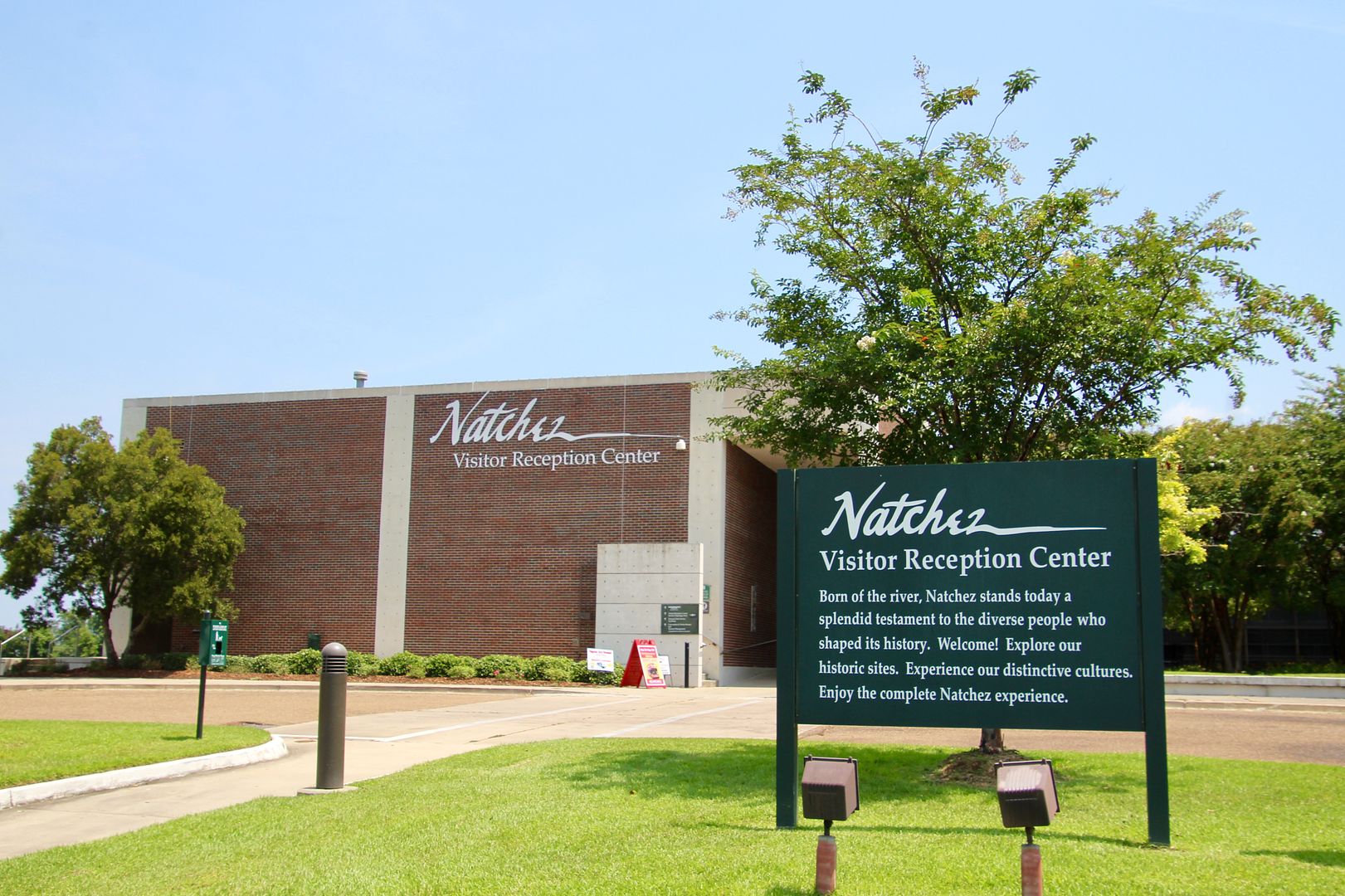
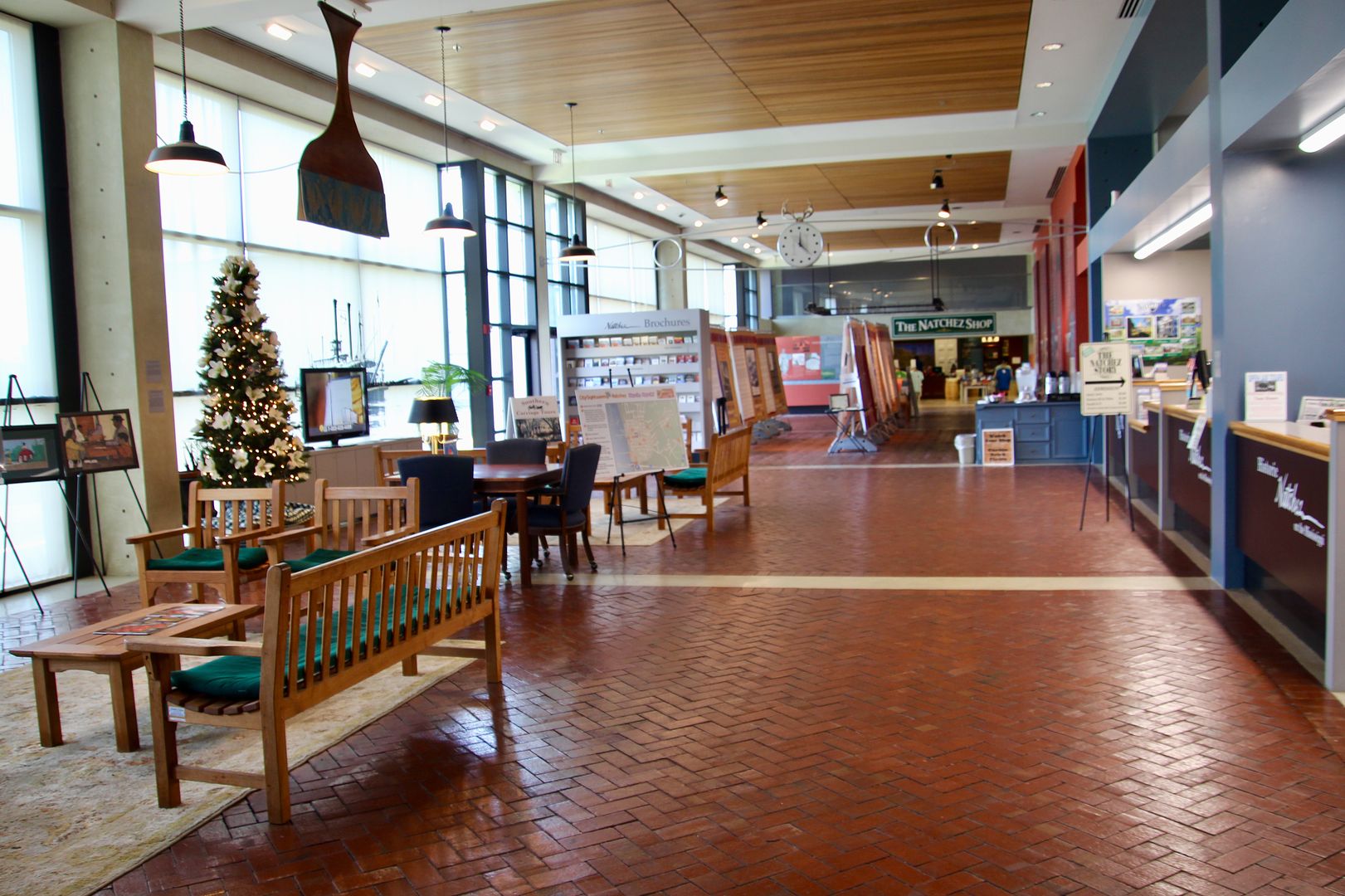
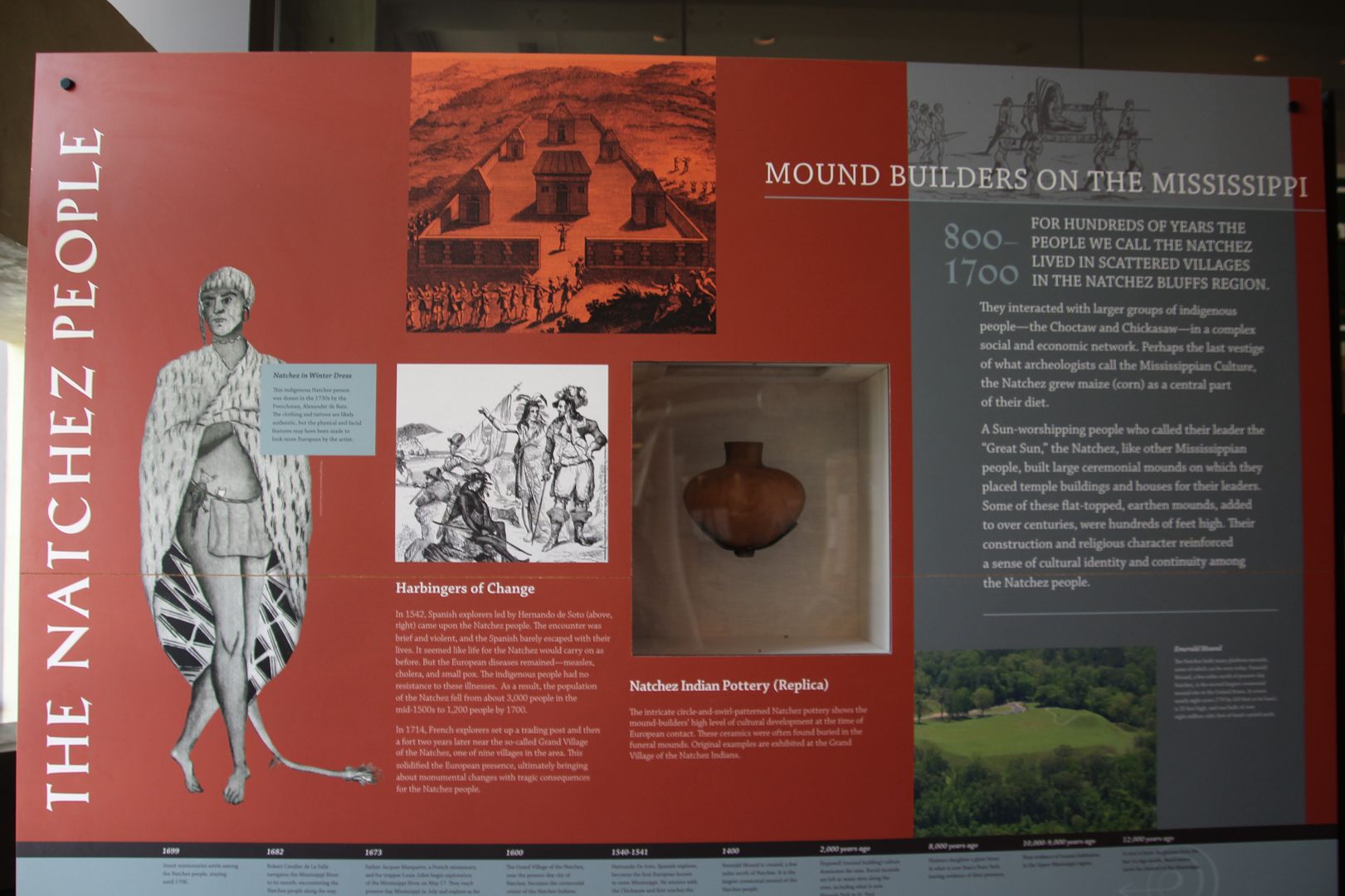
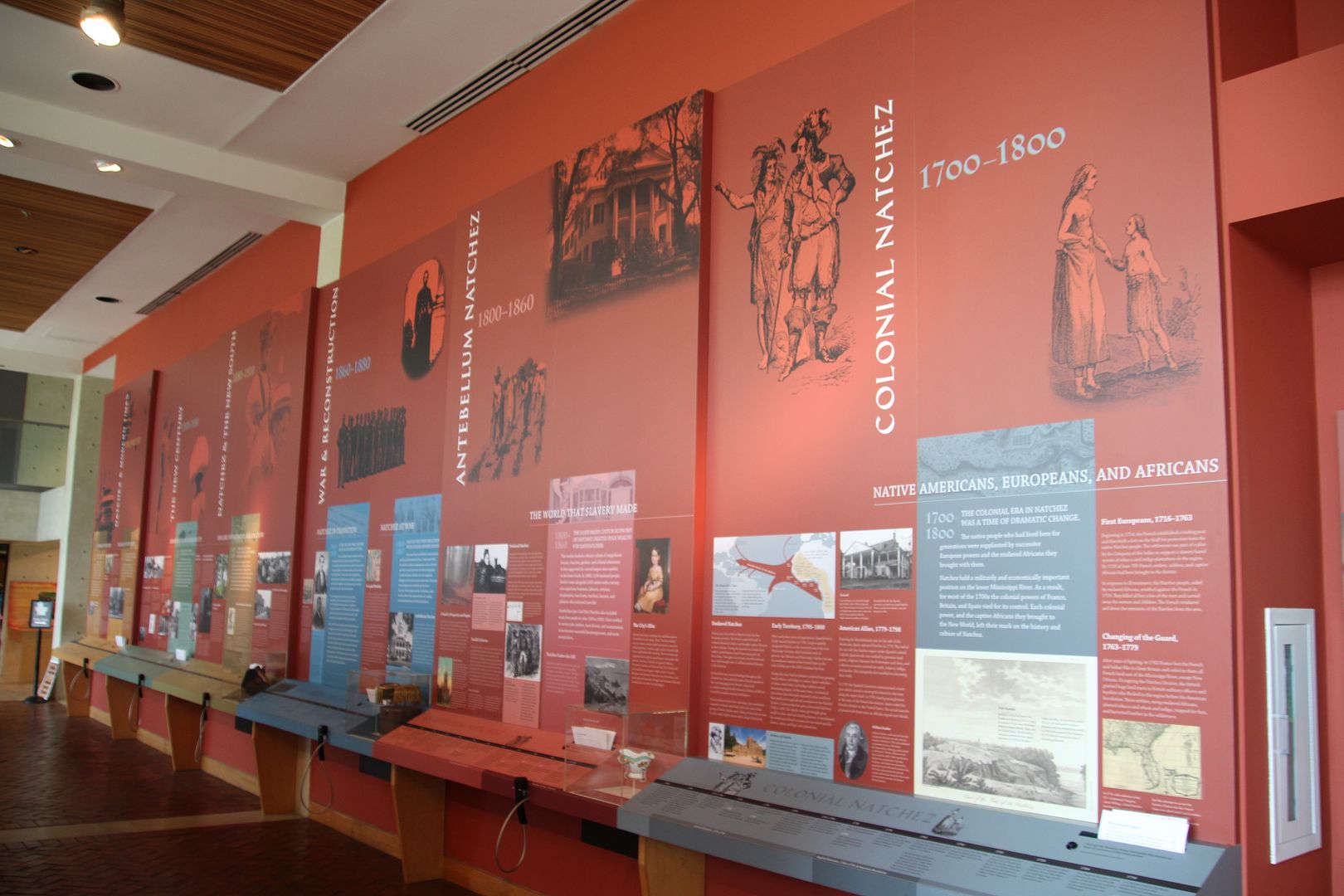


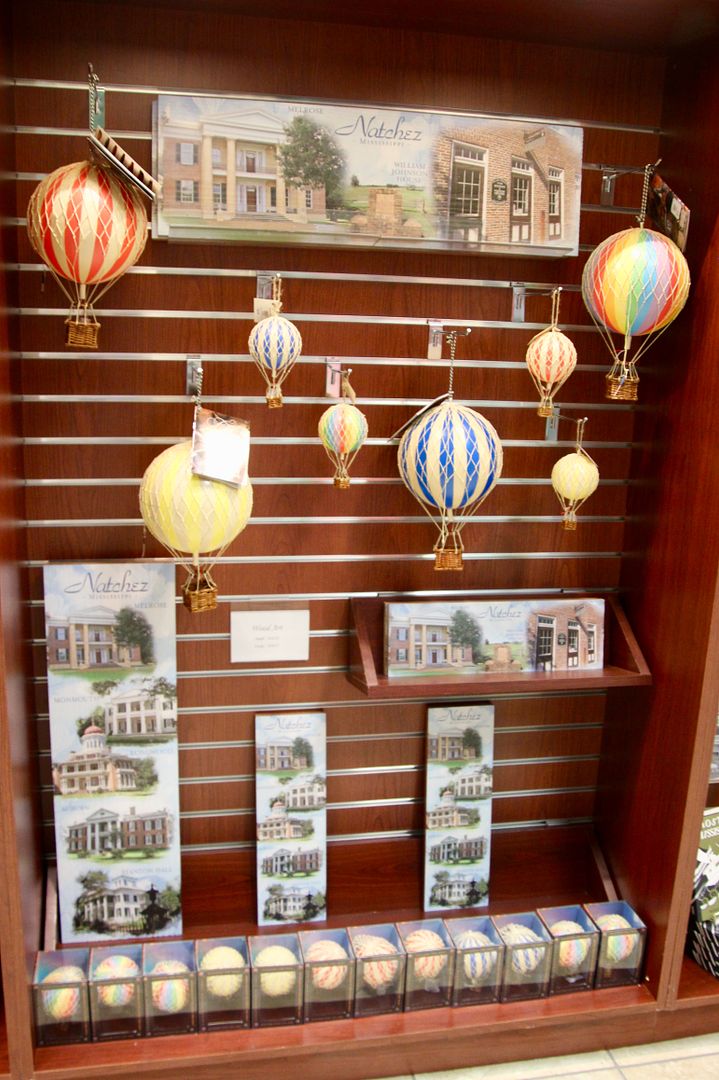
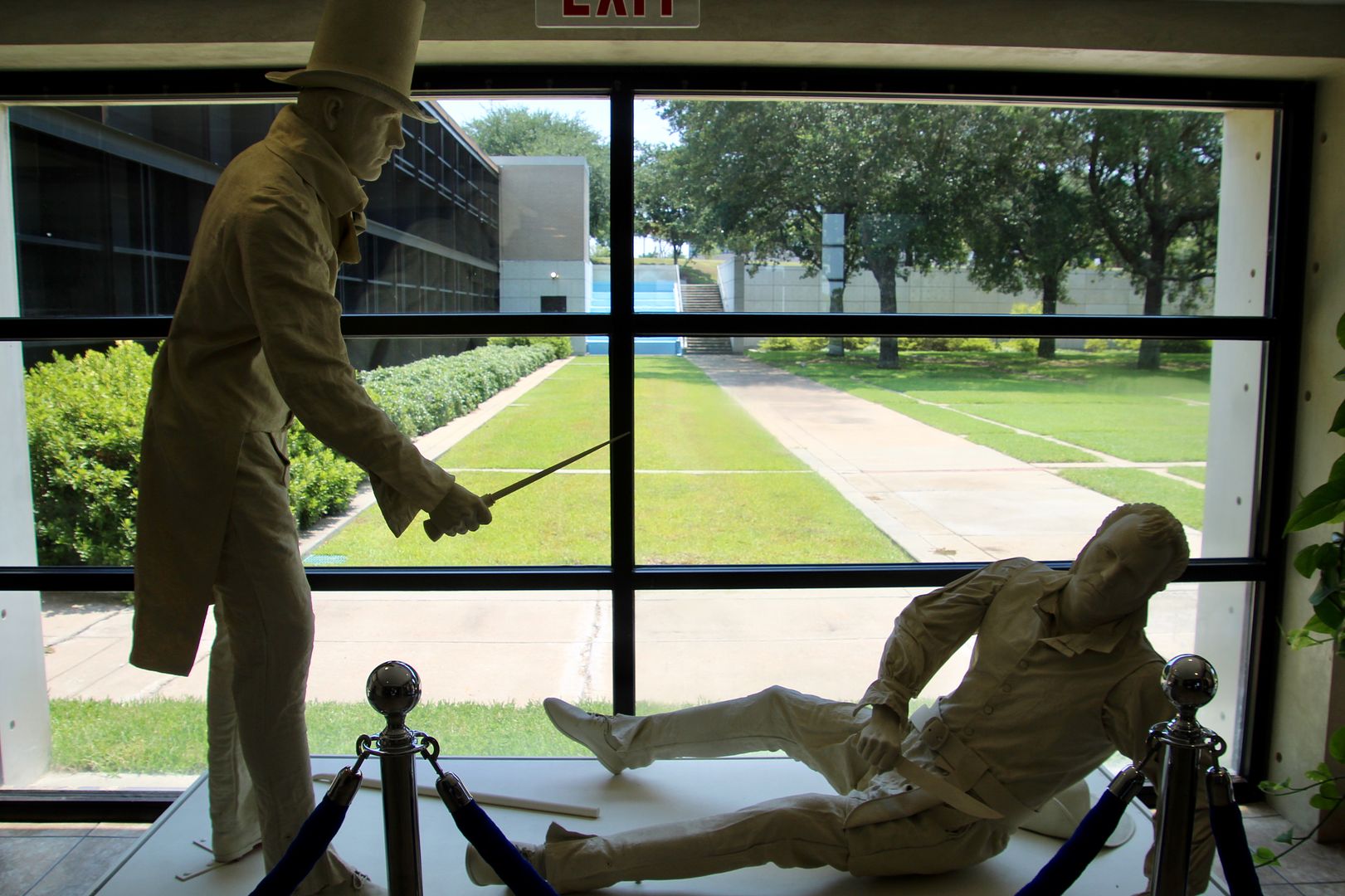
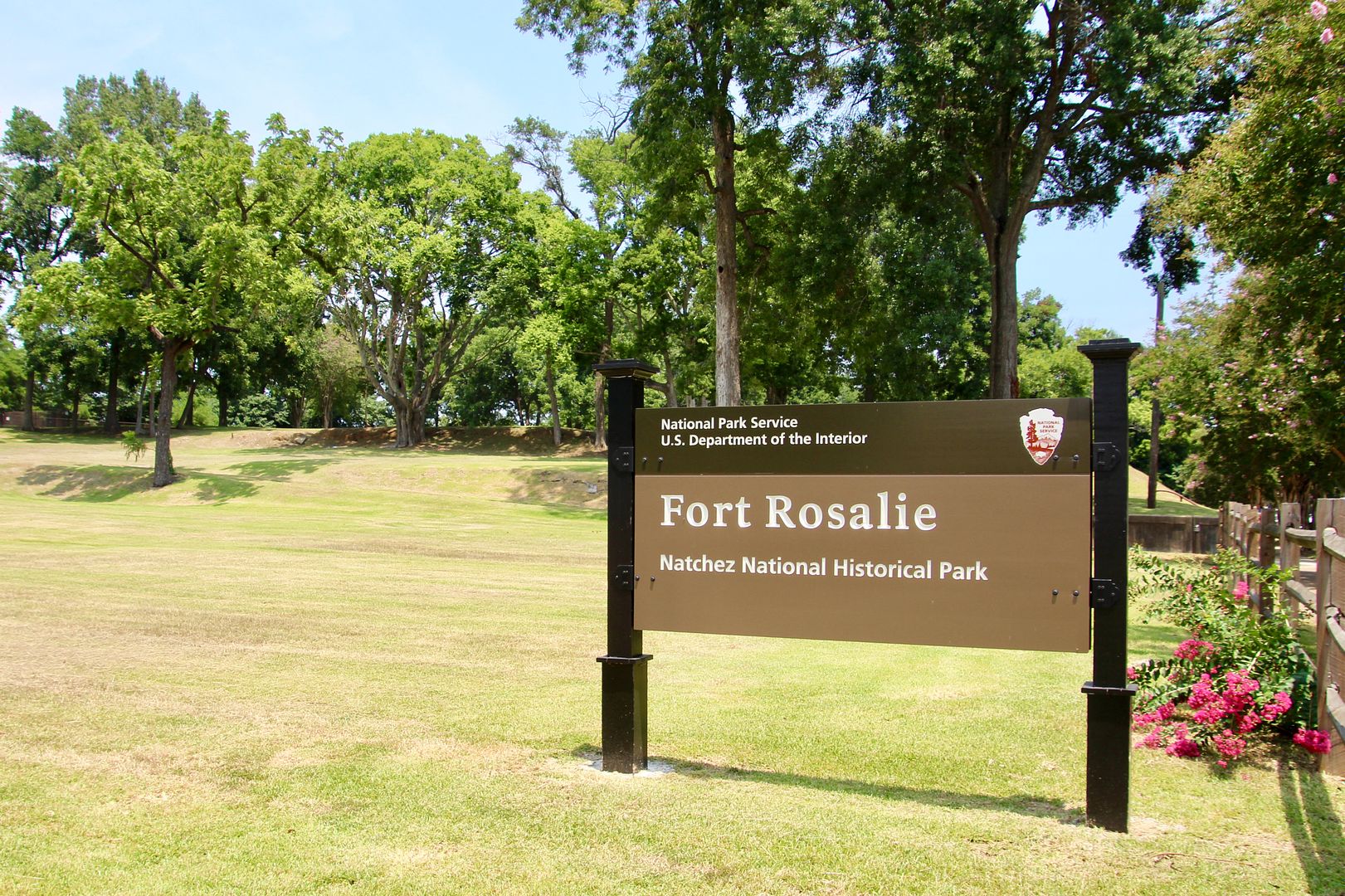
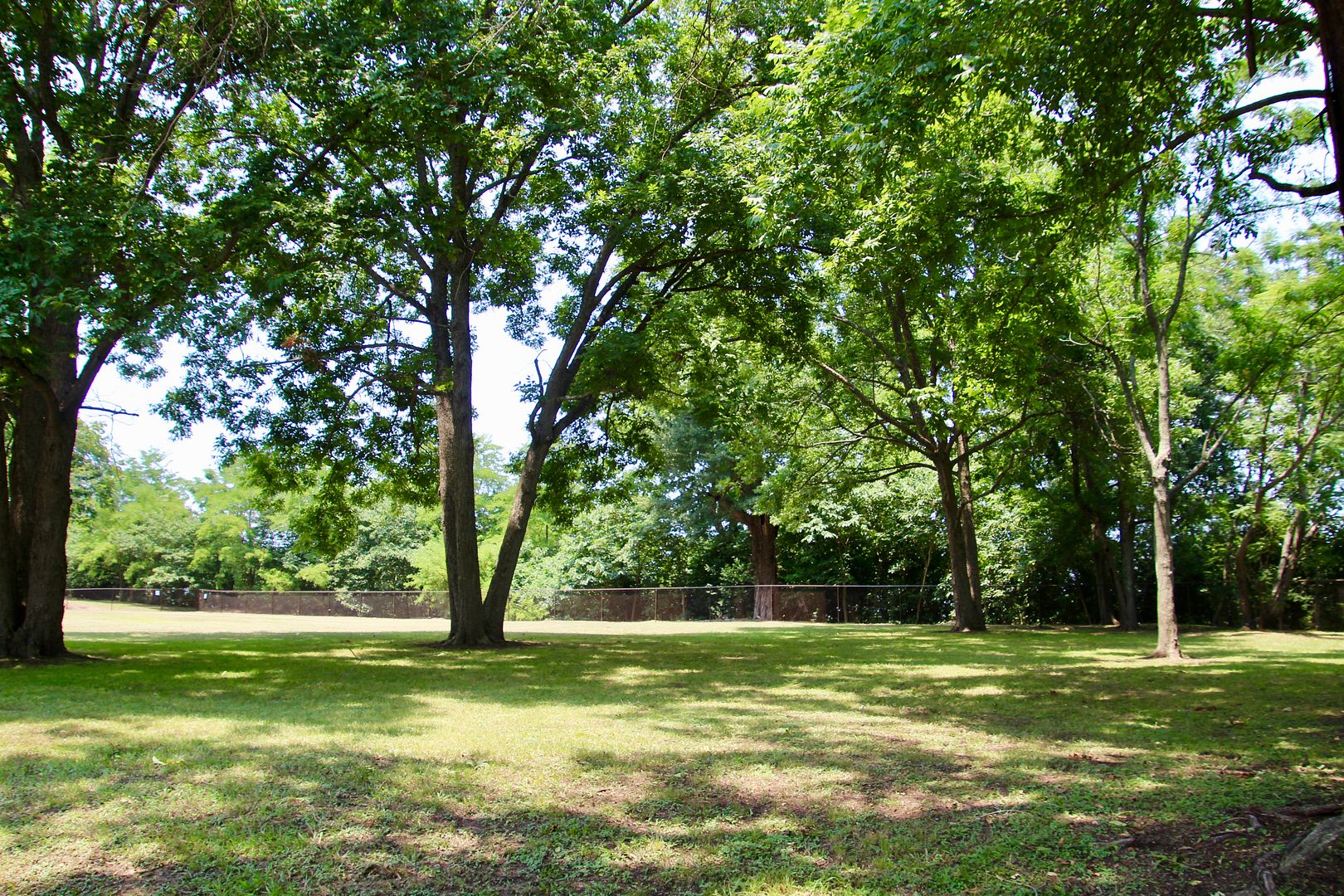

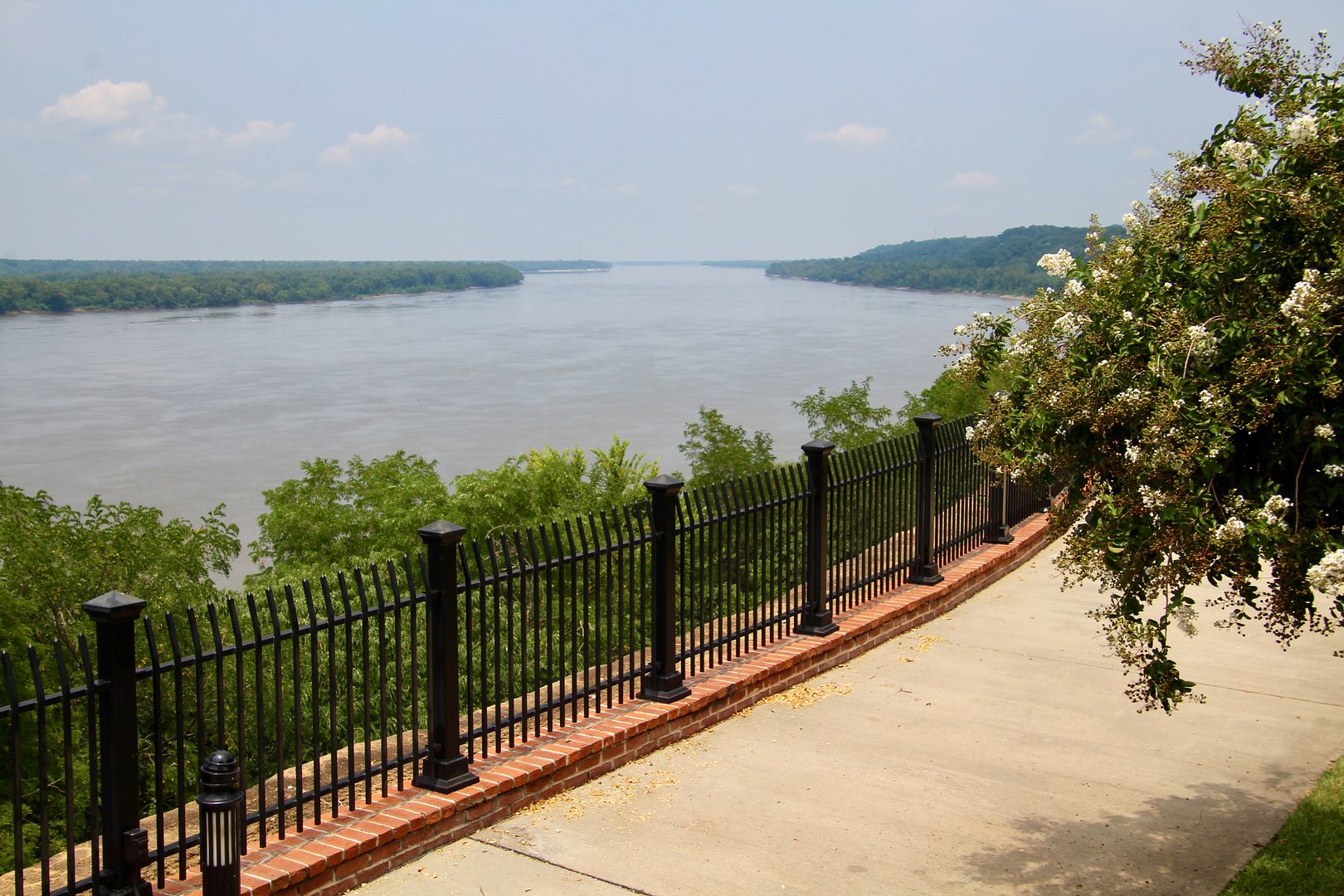
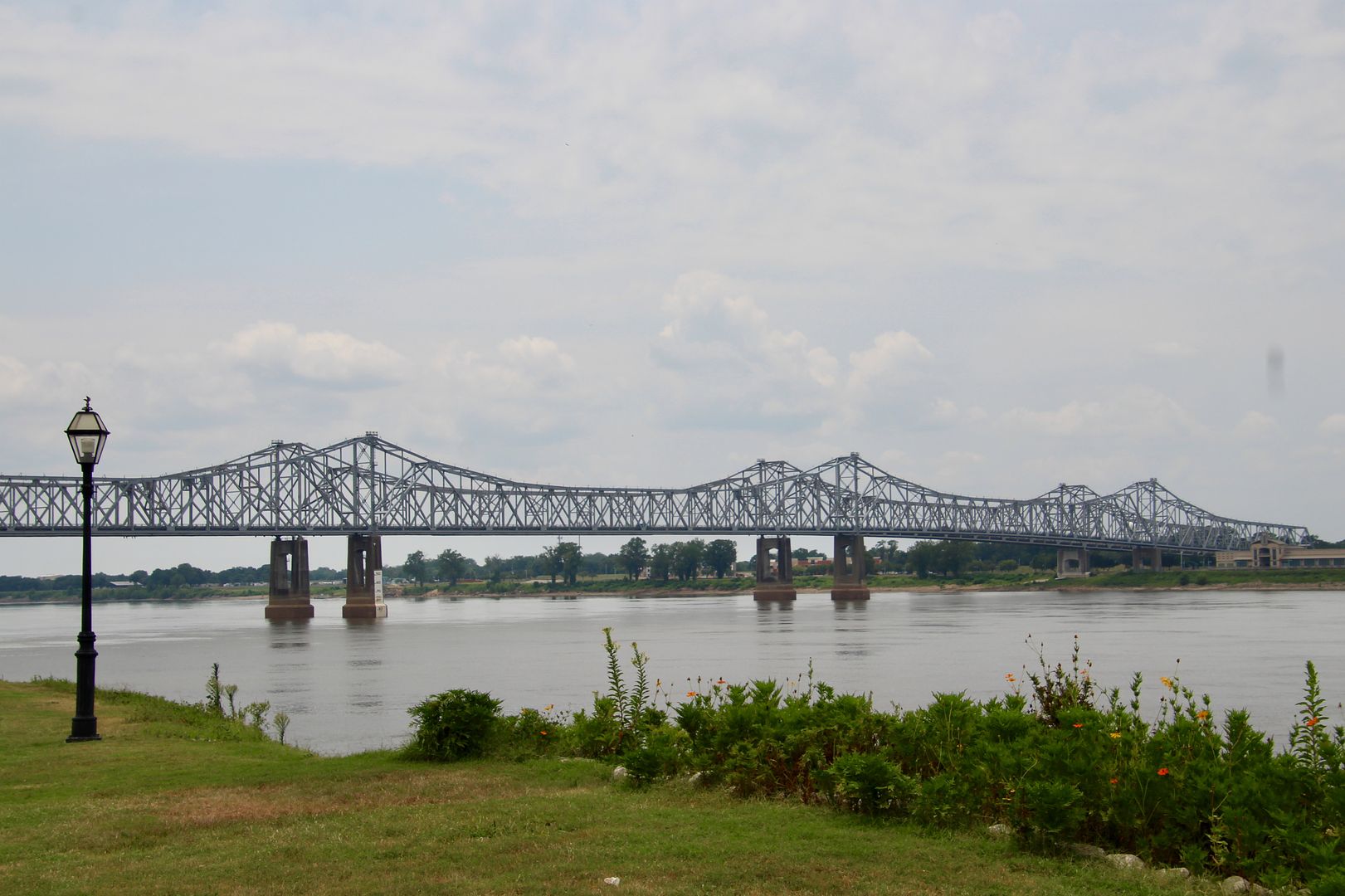
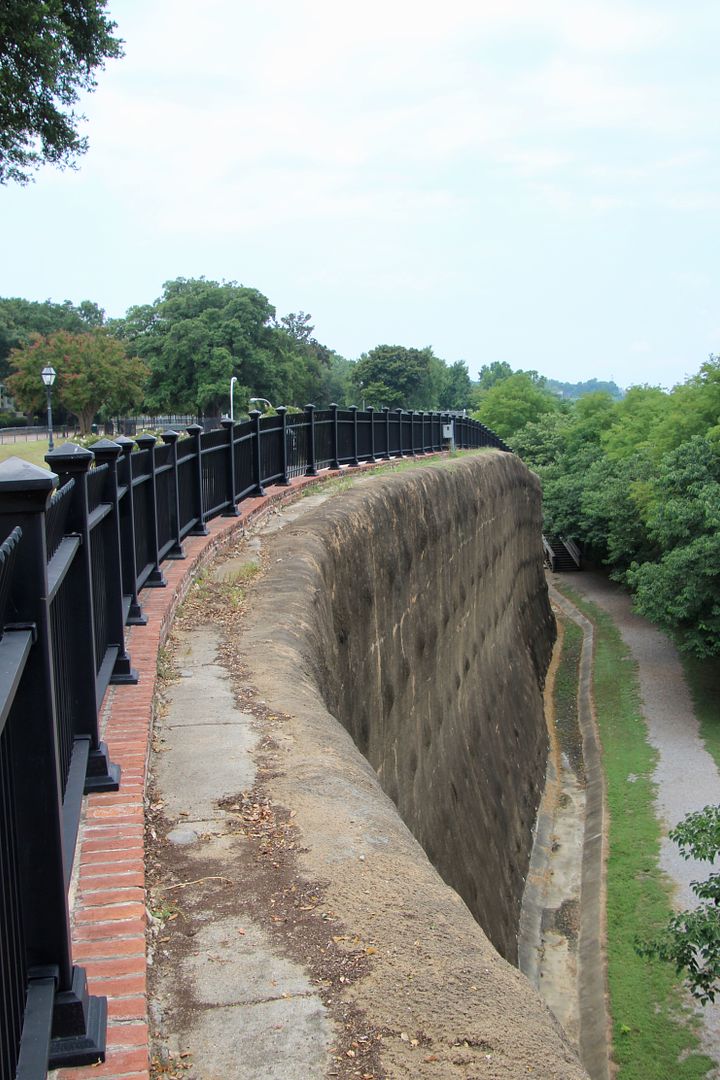
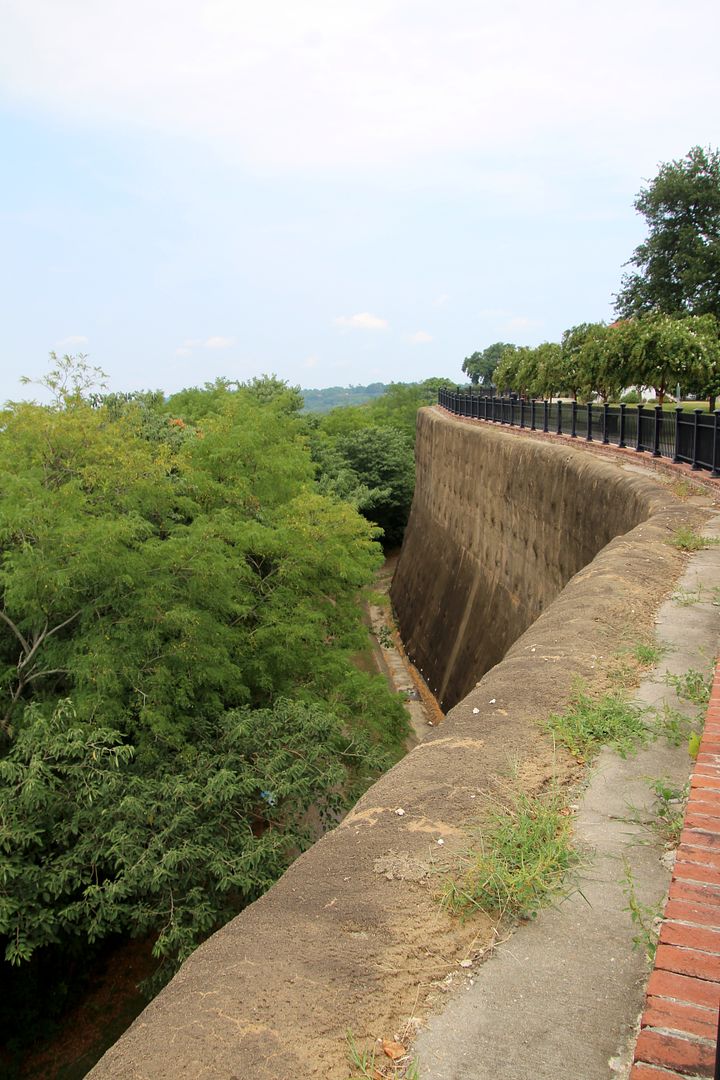
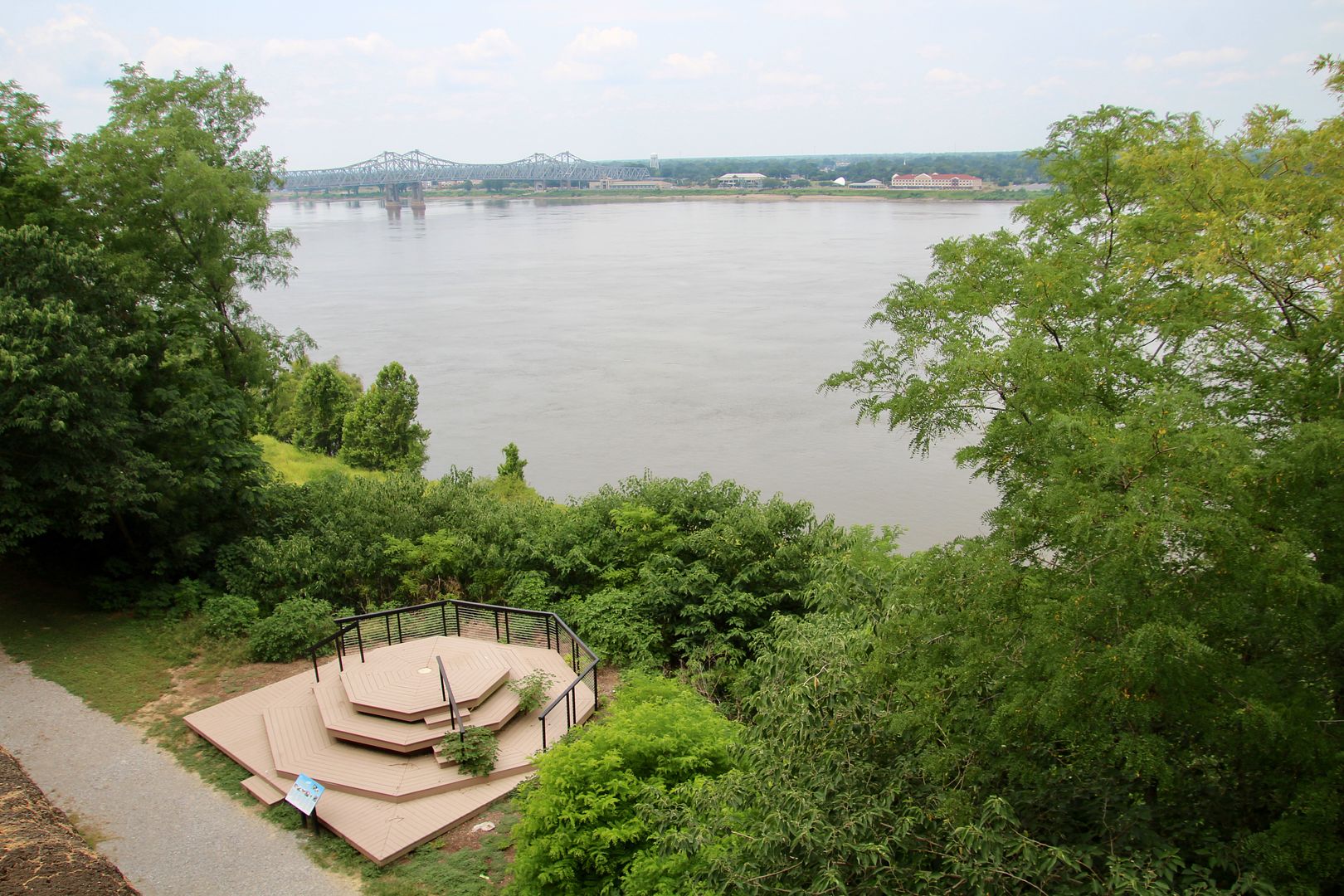
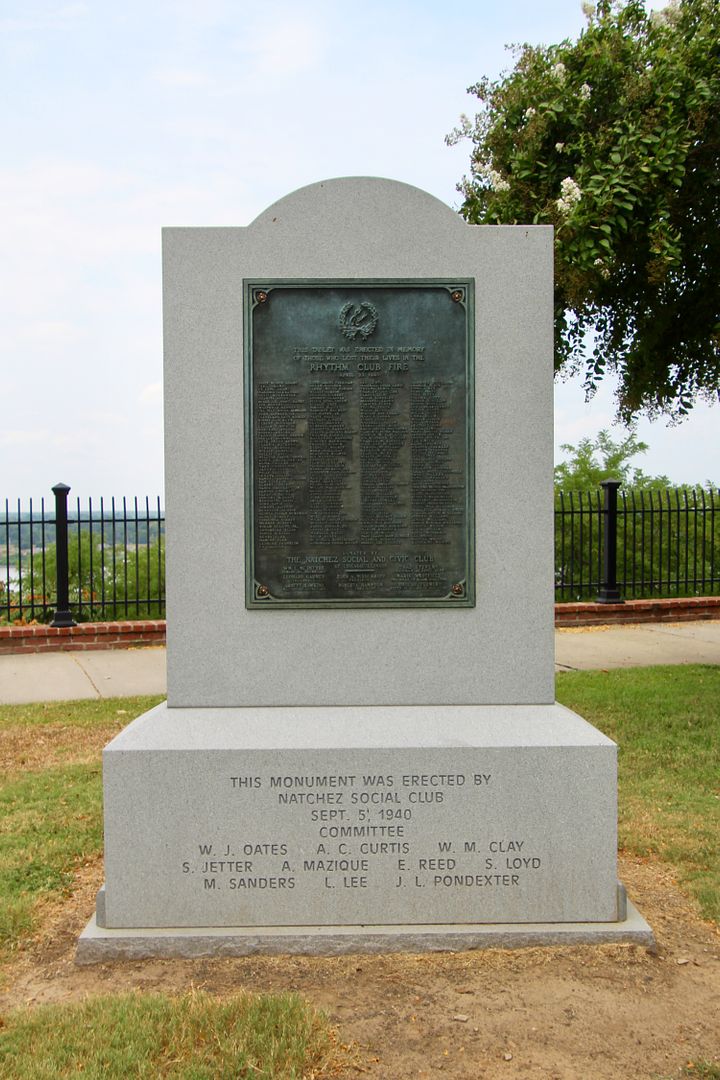
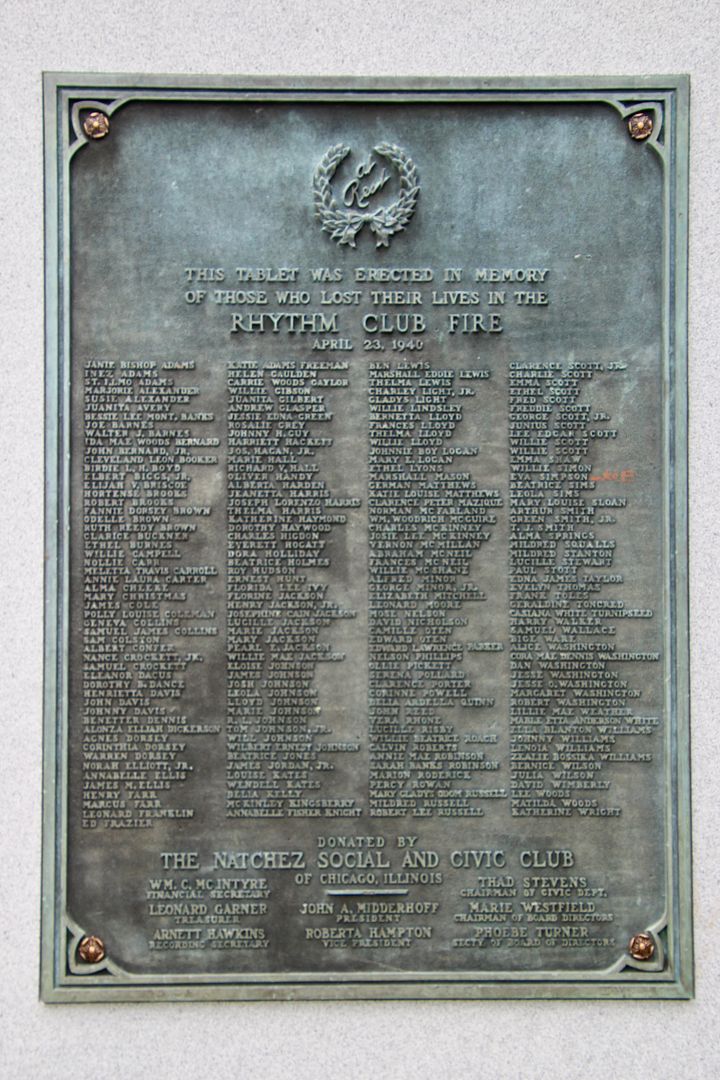
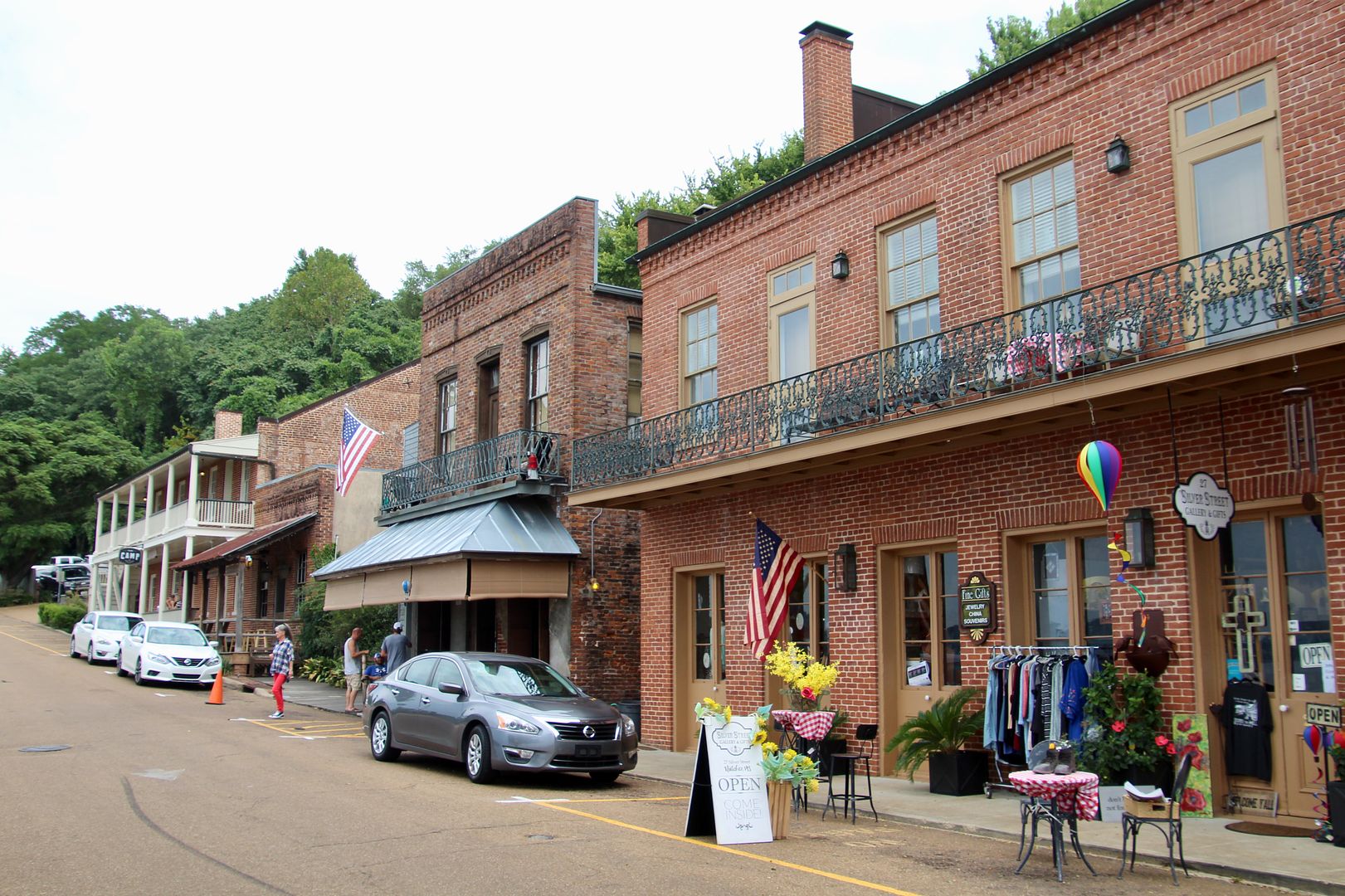
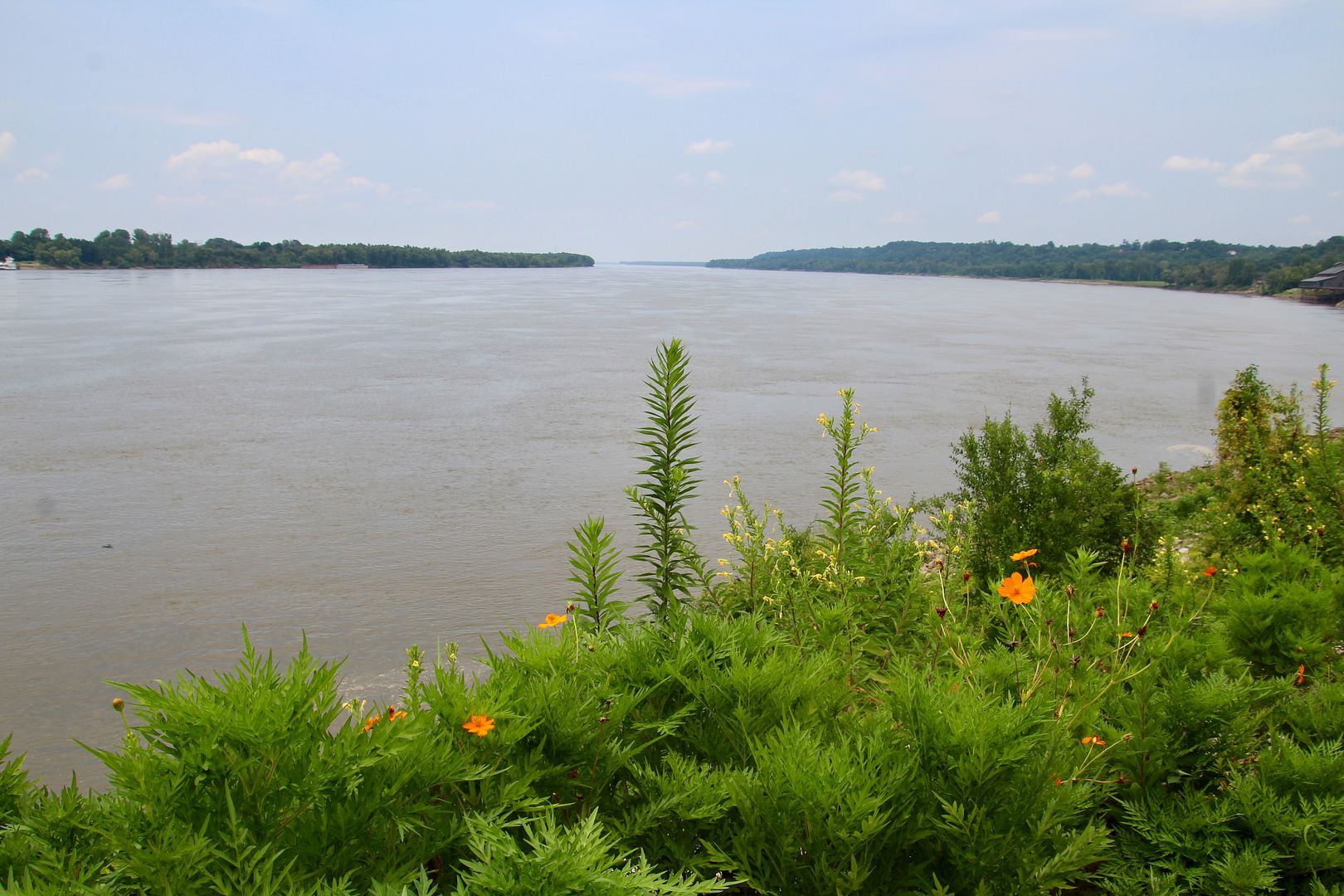

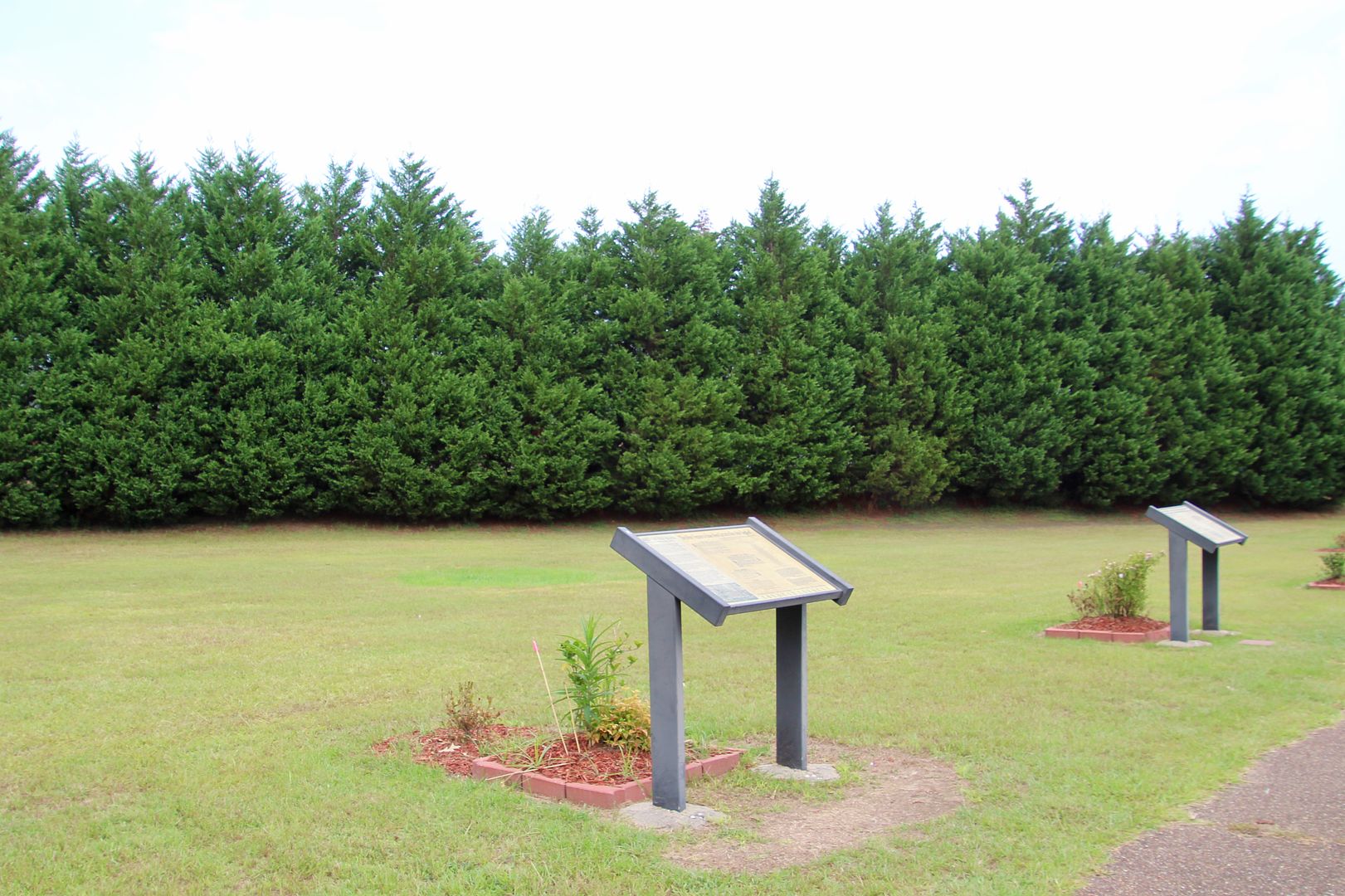
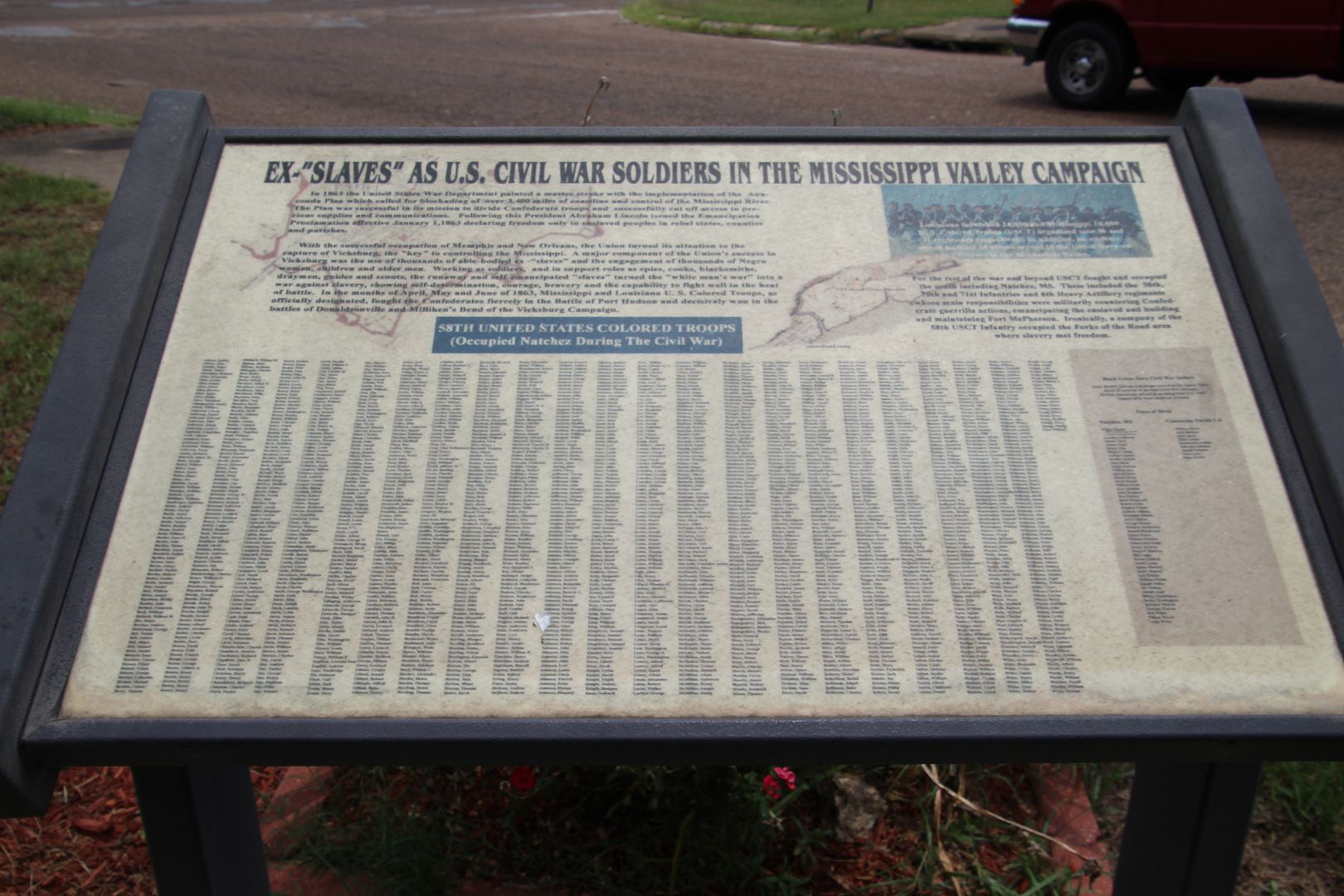
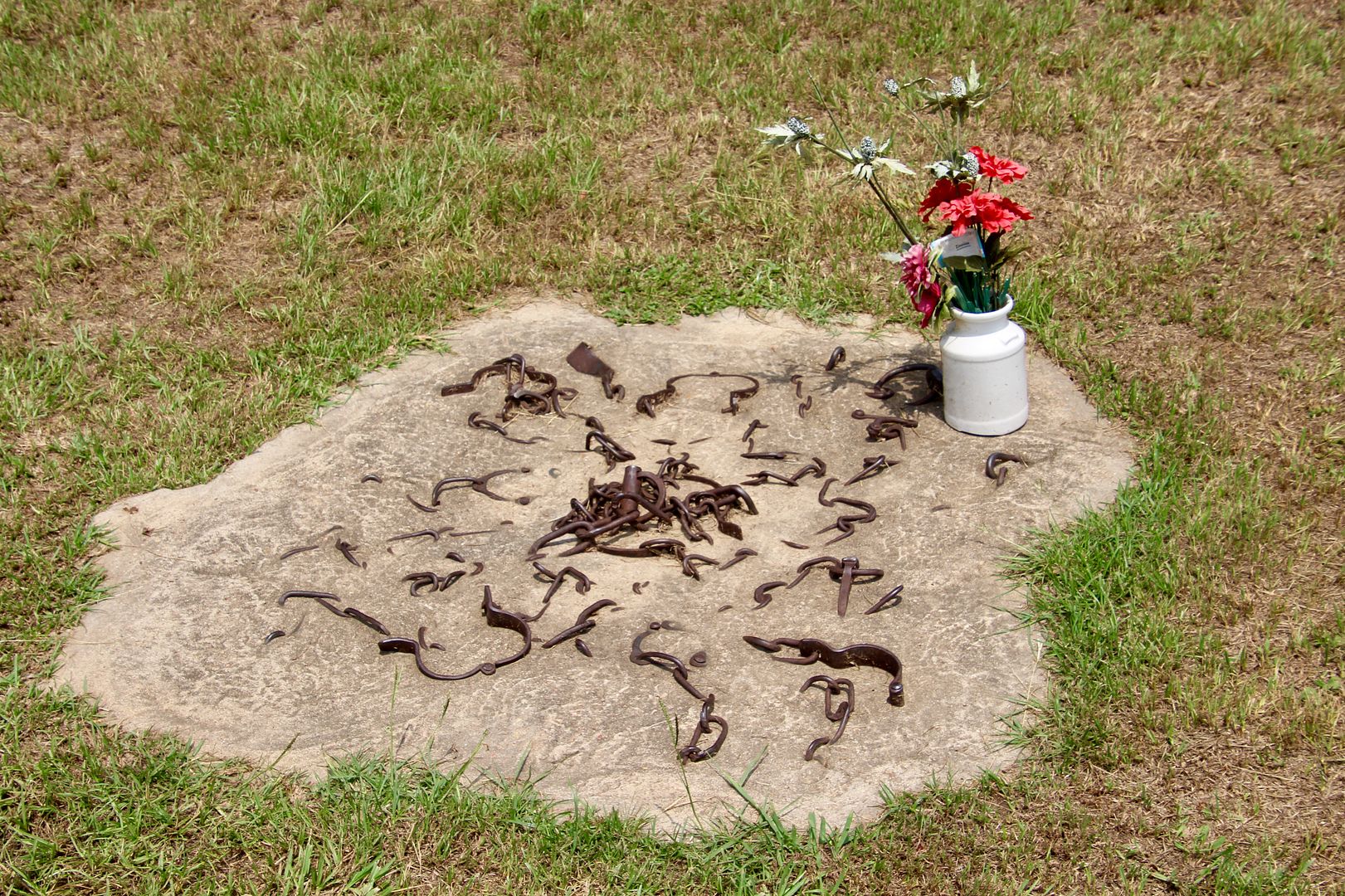
No comments:
Post a Comment